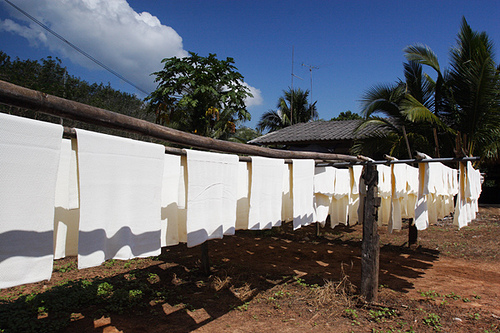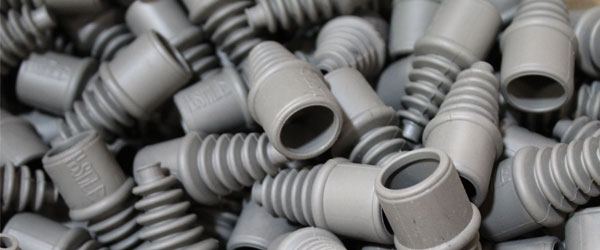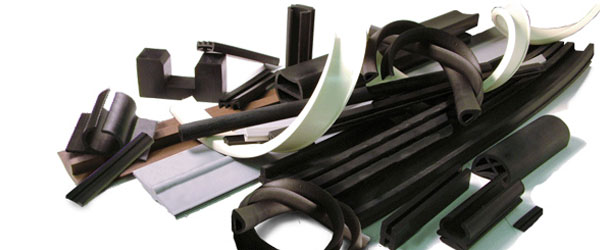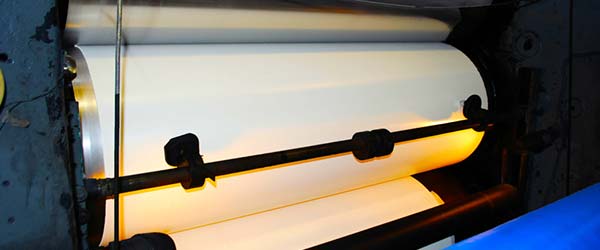On its own, unprocessed rubber is pretty useless. It gets brittle when cold, does not smell so good and is too sticky for useful application. That’s why tapped rubber from the Hevea brasiliensis tree combines with the dripping latex of many trees to get filtered, washed and reacted with acid to make the rubber stick together.
The mechanical processes in processing rubber make it softer and easier to work with. Mixed with chemicals to make the substance abrasion, tear and water resistant, resilient and is tensile strong. Rubber is then shaped by rollers, vulcanized and eventually heated after being treated with sulfur to about 280°F.
Rubber Uses
One of the uses of rubber is, because it’s a poor conductor of heat and electricity, to cover wires that might otherwise touch each other and short circuit. Another is as a seal around waterproof cellphone cases.
However, by far the most important use of rubber is in vehicle tires. In fact, about 50% of the world’s rubber gets placed around the wheels of trucks, bikes and automobiles. Ever wonder why tires stay inflated for long times? The inner parts of tires use an extremely flexible butyl rubber that effectively traps gasses.
Rubber is so adaptable that the range of applications goes from pencil erasers to artificial hearts to the waterproof gaskets that seal washing machine doors.
Synthetic Rubbers
Synthetic rubbers (about 70% of rubber used today) are made in chemical plants initiating from petrochemicals. Neoprene (the brand name for polychloroprene), one of the most common synthetics, is formed by reacting acetylene and hydrochloric acid. This is used for the outer covering of wetsuits, as building materials and roof and floor sealants, among other applications.
About Goodyear Rubber
Goodyear Rubber takes care of all components of the rubber manufacturing process from design through production. We are ISO 9001:2008 certified and ROHS compliant. Contact us at (909) 987-1774 or custserv@goodyearrubber.com for more information.
 (909) 987-1774
(909) 987-1774 Email Us
Email Us







